
How to Use Zs-x11d: Examples, Pinouts, and Specs
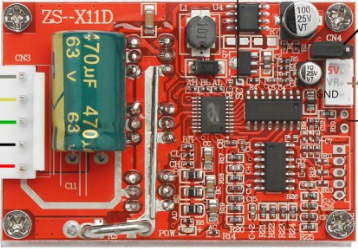
 Design with Zs-x11d in Cirkit Designer
Design with Zs-x11d in Cirkit DesignerIntroduction
The ZS-X11D is a specialized electronic component designed by Arduino for high-performance applications. It is commonly used in advanced circuit designs for signal processing, control systems, and other precision electronic applications. Its robust design and versatile functionality make it a popular choice for engineers and hobbyists working on demanding projects.
Explore Projects Built with Zs-x11d
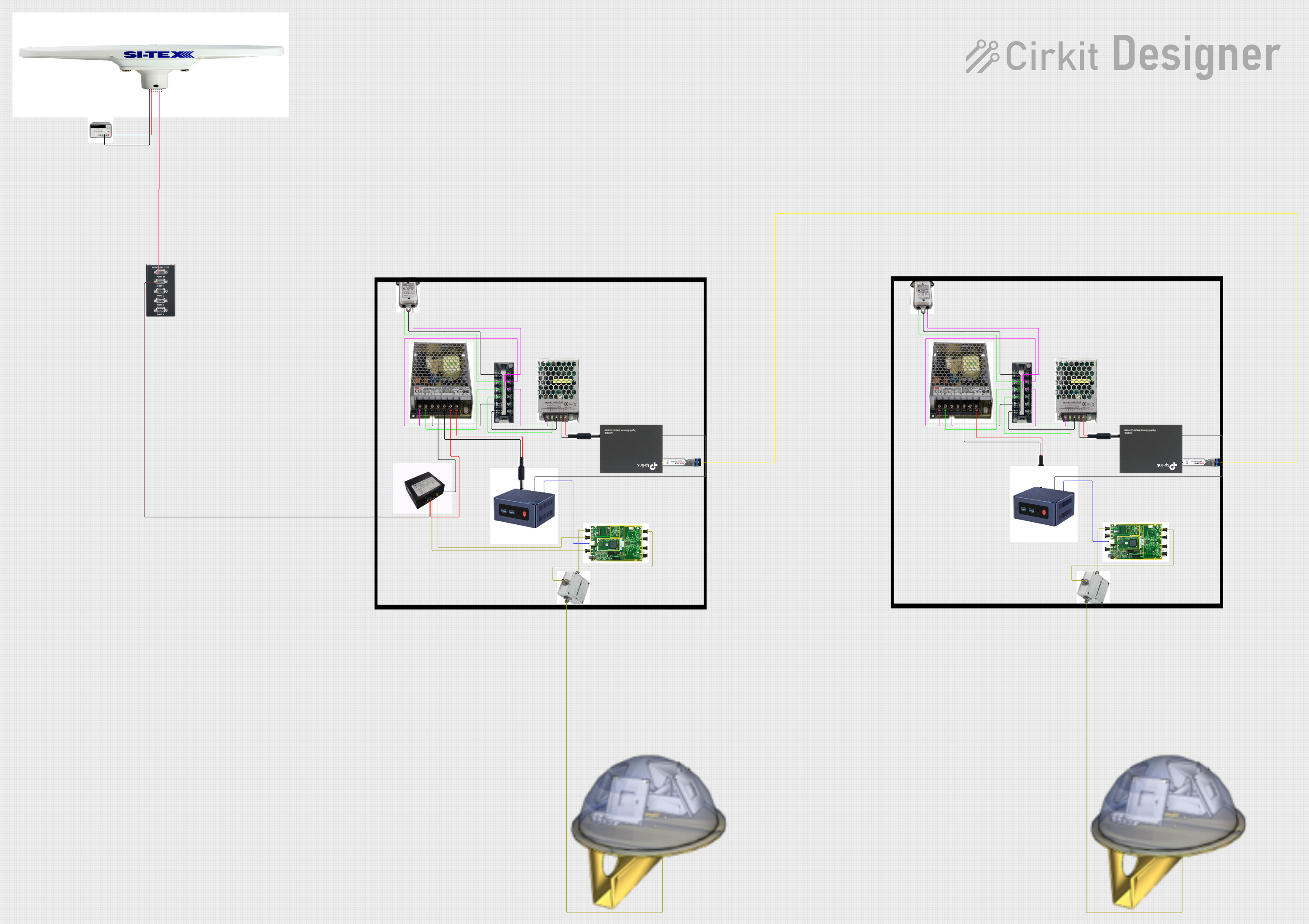
 Open Project in Cirkit Designer
Open Project in Cirkit Designer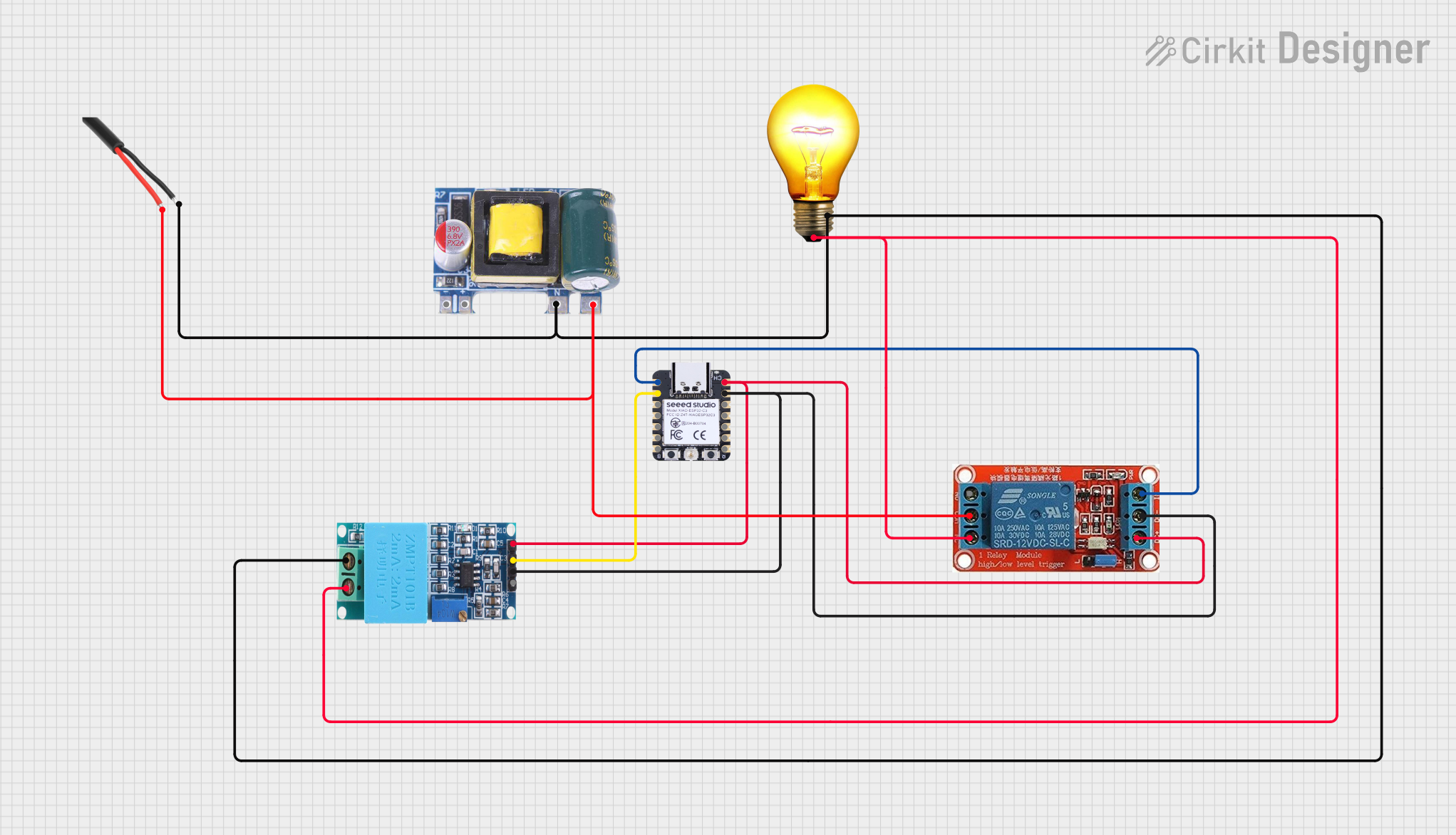
 Open Project in Cirkit Designer
Open Project in Cirkit Designer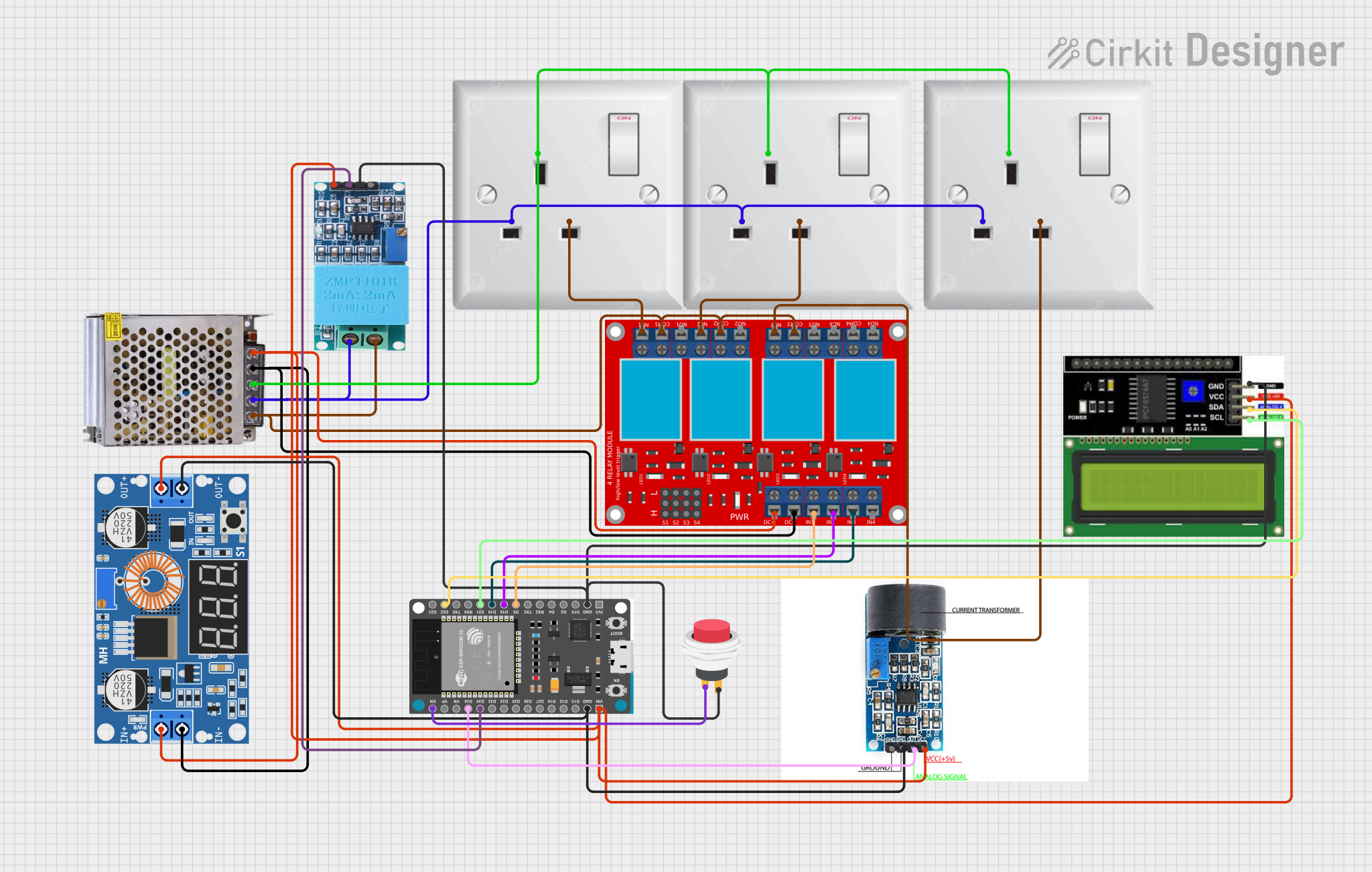
 Open Project in Cirkit Designer
Open Project in Cirkit Designer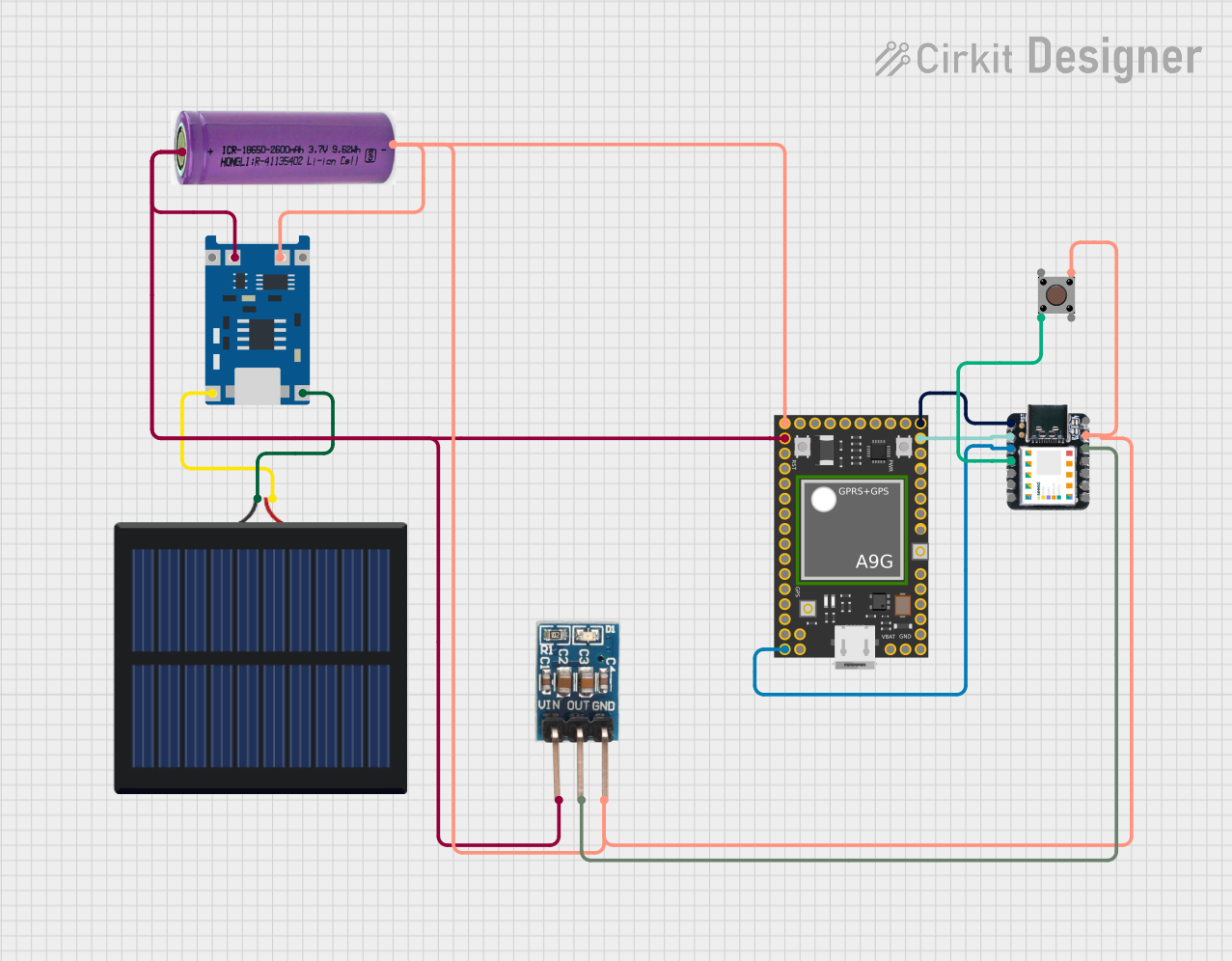
 Open Project in Cirkit Designer
Open Project in Cirkit DesignerExplore Projects Built with Zs-x11d

 Open Project in Cirkit Designer
Open Project in Cirkit Designer
 Open Project in Cirkit Designer
Open Project in Cirkit Designer
 Open Project in Cirkit Designer
Open Project in Cirkit Designer
 Open Project in Cirkit Designer
Open Project in Cirkit DesignerCommon Applications and Use Cases
- Signal processing in communication systems
- Motor control in robotics and automation
- Precision measurement and instrumentation
- High-speed data acquisition systems
- Advanced prototyping and research projects
Technical Specifications
The ZS-X11D is engineered to deliver reliable performance under a wide range of operating conditions. Below are its key technical details:
General Specifications
| Parameter | Value |
|---|---|
| Operating Voltage | 3.3V to 5V |
| Maximum Current | 500mA |
| Power Consumption | < 2W |
| Operating Temperature | -40°C to 85°C |
| Communication Protocol | I2C, SPI |
| Dimensions | 25mm x 20mm x 5mm |
Pin Configuration and Descriptions
The ZS-X11D features a 6-pin interface for easy integration into circuits. Below is the pinout description:
| Pin Number | Pin Name | Description |
|---|---|---|
| 1 | VCC | Power supply input (3.3V to 5V) |
| 2 | GND | Ground connection |
| 3 | SDA | I2C data line |
| 4 | SCL | I2C clock line |
| 5 | MOSI | SPI Master Out Slave In (data input) |
| 6 | MISO | SPI Master In Slave Out (data output) |
Usage Instructions
The ZS-X11D is straightforward to use in a variety of circuit designs. Below are the steps and best practices for integrating it into your project.
How to Use the ZS-X11D in a Circuit
- Power Supply: Connect the VCC pin to a 3.3V or 5V power source and the GND pin to the ground of your circuit.
- Communication Protocol: Choose between I2C or SPI based on your application:
- For I2C, connect the SDA and SCL pins to the corresponding pins on your microcontroller.
- For SPI, connect the MOSI and MISO pins to the appropriate SPI pins on your microcontroller.
- Pull-Up Resistors: If using I2C, ensure pull-up resistors (typically 4.7kΩ) are connected to the SDA and SCL lines.
- Software Configuration: Use the Arduino IDE to program your microcontroller and communicate with the ZS-X11D.
Example Code for Arduino UNO
Below is an example of how to use the ZS-X11D with an Arduino UNO via I2C:
#include <Wire.h> // Include the Wire library for I2C communication
#define ZS_X11D_ADDRESS 0x40 // Replace with the actual I2C address of the ZS-X11D
void setup() {
Wire.begin(); // Initialize I2C communication
Serial.begin(9600); // Start serial communication for debugging
// Send initialization command to ZS-X11D
Wire.beginTransmission(ZS_X11D_ADDRESS);
Wire.write(0x01); // Example command to initialize the component
Wire.endTransmission();
Serial.println("ZS-X11D initialized successfully.");
}
void loop() {
Wire.requestFrom(ZS_X11D_ADDRESS, 2); // Request 2 bytes of data from the ZS-X11D
if (Wire.available() == 2) {
int data = Wire.read() << 8 | Wire.read(); // Combine two bytes into a single value
Serial.print("Data received: ");
Serial.println(data);
}
delay(1000); // Wait for 1 second before the next request
}
Important Considerations and Best Practices
- Voltage Levels: Ensure the operating voltage matches the ZS-X11D's requirements (3.3V to 5V).
- Decoupling Capacitors: Place a 0.1µF capacitor close to the VCC pin to reduce noise.
- Signal Integrity: Use short and properly routed wires for I2C or SPI connections to avoid signal degradation.
- Address Conflicts: If using multiple I2C devices, ensure each device has a unique address.
Troubleshooting and FAQs
Common Issues and Solutions
No Response from the ZS-X11D
- Cause: Incorrect wiring or power supply issues.
- Solution: Double-check all connections and ensure the VCC and GND pins are properly connected.
I2C Communication Fails
- Cause: Missing pull-up resistors or incorrect I2C address.
- Solution: Add 4.7kΩ pull-up resistors to the SDA and SCL lines and verify the device's I2C address.
Data Corruption in SPI Mode
- Cause: Long wires or incorrect clock settings.
- Solution: Use shorter wires and ensure the SPI clock speed is within the ZS-X11D's specifications.
Overheating
- Cause: Exceeding the maximum current rating.
- Solution: Ensure the current draw does not exceed 500mA.
FAQs
Q: Can the ZS-X11D operate at 3.3V?
A: Yes, the ZS-X11D is designed to operate at both 3.3V and 5V.
Q: What is the maximum data rate for I2C communication?
A: The ZS-X11D supports standard-mode I2C (100kHz) and fast-mode I2C (400kHz).
Q: Can I use the ZS-X11D with a Raspberry Pi?
A: Yes, the ZS-X11D is compatible with any microcontroller or SBC that supports I2C or SPI communication.
Q: Do I need external components to use the ZS-X11D?
A: You may need pull-up resistors for I2C communication and decoupling capacitors for stable operation.